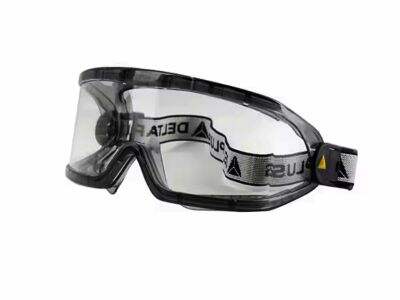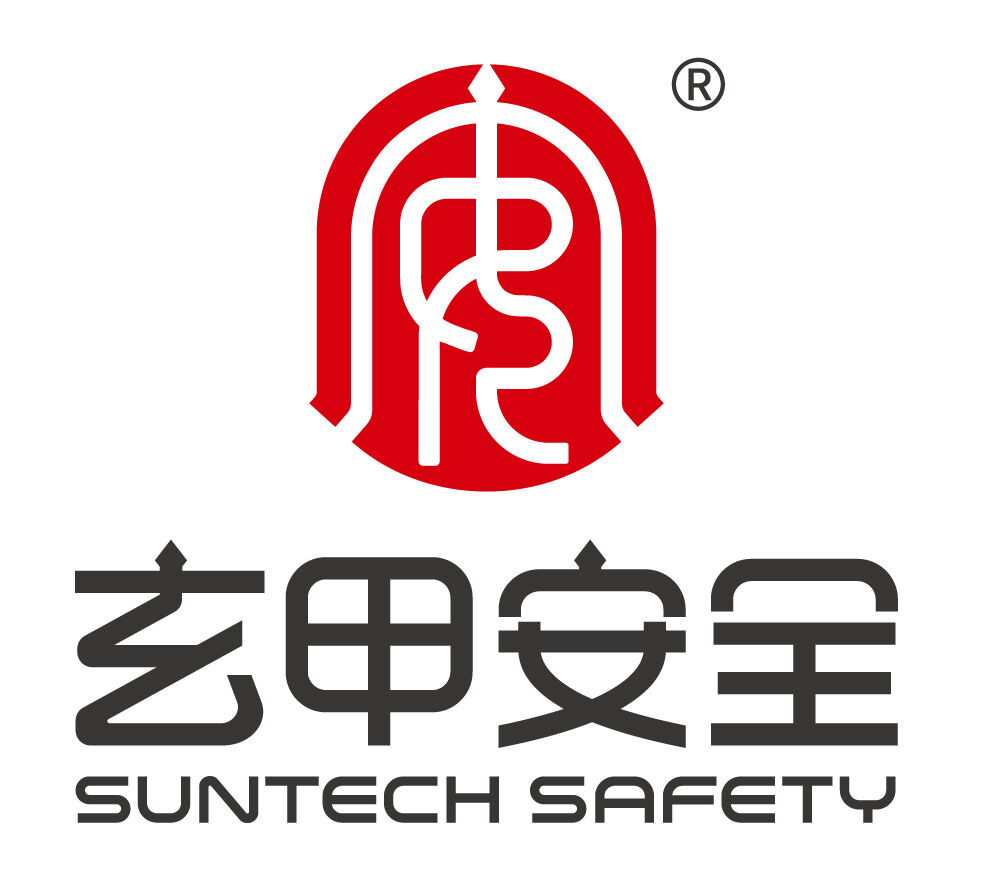Safety spectacles and goggles are really crucial to protect our eyes while we work or play. But what’s the difference, and why does it matter? To understand how safety classes and goggles differ, let’s learn more about eye protection.
Goggles versus Safety Glasses: The Key Differences
Dust and flying objects from the side can often still get through, which is why safety glasses come with side shields to protect our eyes. They are also lightweight and comfortable for long wear. Goggles tightly enclose the eyes. This acts as a shield against liquids, chemicals, and other hazards. Some Protective Goggles have vents to keep them from fogging up.
Why Select the Correct Eye Protection Is Vital
Selecting appropriate ocular protection is highly critical safety consideration in various environments. If safety glasses with side shields are better, for instance, if you work in a dusty environment or one where flying bits of things will get kicked up. But if you’re at risk of having chemicals or liquids splashed in your face, anti fog goggles are a better accessory to use to keep your eyes protected.
Tips: Safety Glasses and Goggles
What you are doing depends on the benefits of safety glasses and goggles. Safety glasses are good for daily activities like woodworking, gardening or sports. They’re both comfortable to wear all day and help you see clearly. Goggles offer extra protection against things such as chemicals. They form a snug fit around your eyes so no toxic stuff can enter.
How Safety Is Affected by Design and Fit
Safety glasses and goggles must fit correctly to ensure effective protection. If they don’t fit tightly, dust or liquids can enter and they won’t work properly. Choose protective eyewear that sits snugly, but is neither too tight nor comfortable to wear. Some masks come with adjustable straps or nose pieces to make them fit better.
How to Choose the Right Eye Protection
When choosing eye protection, consider the hazards you may encounter at work or play. If you are not sure what you will need, ask a safety expert or your teacher for help choosing appropriate eye protection for what you'll be doing. If something can hurt your eye even a little, make sure you wear your safety glasses or goggles!


